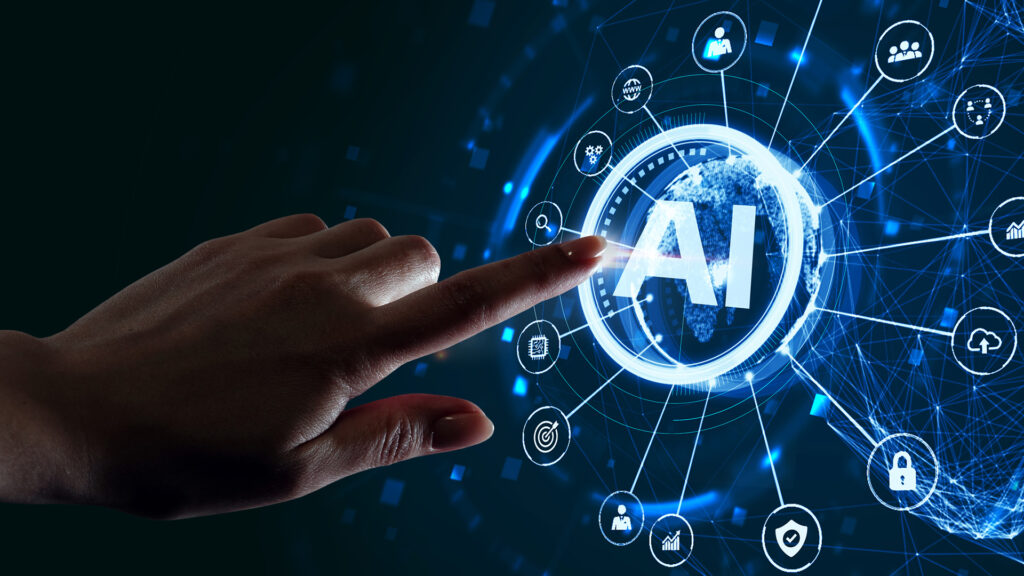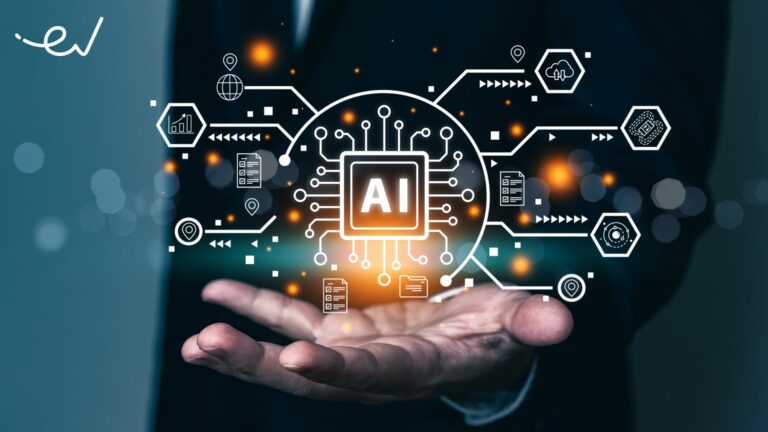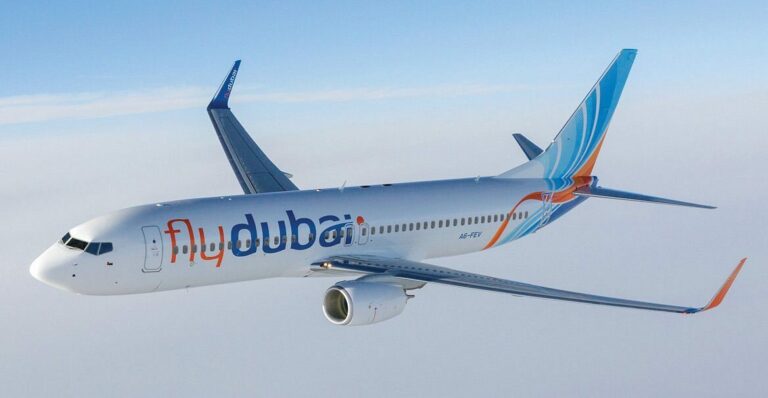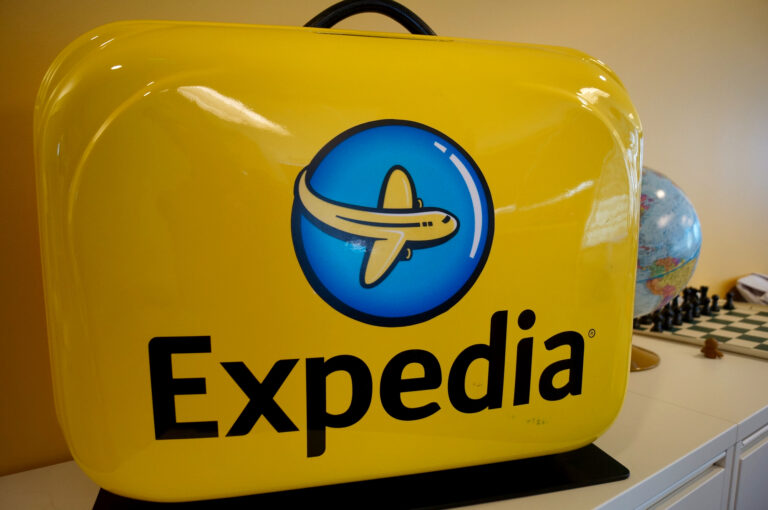As the field of artificial intelligence (AI) continues to advance, its reliability and attractiveness as a corporate solution are constantly improving. In particular, businesses in the tourism industry are leveraging AI to streamline administrative tasks and enhance customer service. In this article, we’ll explore the various applications and benefits of artificial intelligence and delve into how it’s reshaping the operations of travel companies.

Quick Navigation:
- Understanding Artificial Intelligence
- The Role of Artificial Intelligence in the Travel Industry
- Examples of AI in the Travel Sector
Understanding Artificial Intelligence The concept of artificial intelligence, or AI, is widely discussed, yet it can be somewhat challenging to define. Essentially, AI refers to computers or machines performing tasks that would typically require human intelligence. This could encompass learning lessons, making decisions, or recognizing and interpreting speech.
While AI has been around for decades, only relatively recently have computers and other machines become advanced and reliable enough to carry out complex tasks unassisted. The concept is closely tied to automation, where processes are executed with minimal or no human intervention.
In the modern era, it’s widely accepted that businesses accumulate and store vast amounts of data. This data can help fuel AI, with machines using it to perform tasks ranging from data analysis and problem-solving to voice translation, direct messaging, and enhancing customer personalization throughout their journey.
The Role of Artificial Intelligence in the Travel Industry AI’s capability to perform tasks that have traditionally relied on human cognitive function has made it particularly valuable for players in the travel industry. Implementation of AI can save businesses time and money by potentially eliminating human error and enabling swift task execution at any time of day.
Many hotels and resorts heavily rely on delivering excellent customer service to build their reputation, and AI technology can assist in various ways. For instance, AI can enhance personalization, tailor recommendations, and ensure rapid response times even without human personnel.
AI has advanced to the point where it’s regularly used to assist and communicate with customers, “learning” from each interaction to enhance future engagements. Furthermore, AI can aid in activities like data analysis, calculations, and problem-solving, which can be invaluable for hotel owners.
Examples of AI in the Travel Sector The role of AI in the business world has significantly expanded over the past decade, with recent years witnessing even broader adoption in the travel industry. Below are three of the most significant ways technology is being deployed.
1. Chatbots and Online Customer Service One of the most exciting uses of AI for businesses in the tourism industry is online customer support. AI-powered chatbots are being widely adopted on social media platforms and instant messaging apps to enhance customer engagement.
In this capacity, AI can answer queries and provide valuable information to customers, even in the absence of a customer service representative. As customers demand quicker response times on online platforms, AI enables companies to deliver timescales that might be impossible for humans to achieve.
2. Face-to-Face Customer Service While using AI to empower online customer service is now relatively common, an emerging trend is deploying this technology for face-to-face interactions with customers. This can reduce queues at information desks or reception areas and improve overall efficiency.
One example of this technology in action is the AI robot “Connie,” deployed by Hilton. This robot employs AI and voice recognition to provide tourist information to customers who interact with it. Each human interaction also helps train the robot, enhancing the quality of all future communications.
3. Data Processing and Analysis It’s essential to understand that AI’s applications within the travel and tourism industry extend beyond just customer service. One of its most popular and effective uses involves gathering and interpreting data to draw conclusions about customers, business practices, and pricing strategies.
A key advantage of AI in this particular field is its ability to quickly and accurately sort vast amounts of data. In contrast, the human equivalent would take much more time and potentially contain more errors. For example, the Dorchester Collection hotel has used AI to parse customer feedback from surveys, reviews, and online polls to create a clearer real-time picture of current opinions.
4. Voice-Based Digital Assistance An emerging use of AI in the travel and tourism sector involves providing voice-based digital assistance, which can take various forms. For instance, it’s now possible to offer voice assistants within hotel rooms, allowing guests to ask questions or make requests and receive immediate responses.
Voice recognition technology opens up the potential for voice-controlled room amenities and 24/7 instant access to tourist information. Robots could also provide voice-based digital assistance, meaning service desks could be unmanned, especially during off-peak hours.
5. Flight Prediction AI’s influence in the travel and tourism sector is also increasingly affecting flight predictions. This discipline relies on currently available data and historical flight data. AI can be invaluable when analyzing large volumes of data and identifying relevant trends.
By tapping into this data, AI-based software can use weather patterns, past flight times, and flight speed trends to accurately predict flight arrivals and estimate delay durations. As a result, users of such software can access more reliable and accurate projections.
6. Social Media Channel Analysis AI in the travel and tourism sector also has a valuable role to play when it comes to social media. Specifically, industry businesses can use AI to gain insights into how users interact with their social media channels and what those users are saying.
Certain social media channels receive numerous interactions daily, and manually monitoring and analyzing them can be nearly impossible. With AI, key trends can be identified, common sentiments understood, and businesses can gain a better understanding of their audience.
7. Flexible Pricing Many travel and tourism companies operate with a flexible pricing model based on observed demand levels and availability. This applies to hotels, airlines, and various other types of businesses, and AI in the travel sector can play a crucial role in optimizing this strategy.
AI’s ability to quickly organize and analyze data makes intelligent price adjustments much simpler, ensuring the set rate makes sense. During high-demand periods, prices can generally be set higher than during low-demand times, but other factors that AI can consider for intelligent calculations.
8. Intelligent Luggage Management The uses of AI in the travel and tourism sector extend to luggage management and security. AI can be used to efficiently sort luggage, reducing the errors that lead to lost baggage incidents. Additionally, AI can help sort unclaimed, lost, or misplaced baggage.
AI technology can also be implemented for security purposes. For instance, when airport security systems scan luggage, AI can automatically analyze images and detect potential items of interest. An alarm system can then be set up to alert security personnel if something suspicious is detected.
9. AI Facial Recognition AI technology forms the foundation of automated facial recognition capabilities. Essentially, this technology compares real-time images to those in a database, using facial features to identify individuals. The most advanced facial recognition technology can identify individuals in a matter of seconds.
Facial recognition utilizing AI in the travel and tourism sector is commonly used for security purposes. For instance, within airports, it can be used to identify individuals of interest. In some cases, facial recognition can also be used to determine how many people are in a specific area, which can also be valuable for security.
10. Personalized Travel Experience The travel and tourism industry also employs AI technology at the start of the customer journey, providing a more personalized travel experience. This is most commonly seen on websites offering hotel or flight bookings, where intelligent recommendations can be provided during the booking process.
For instance, AI can use information gathered from a user’s website exploration to offer tailored suggestions for hotels or destinations based on what the user has searched or viewed. This works similarly to how retailers like Amazon recommend products based on past purchases or browsing history. AI-powered chatbots can also be implemented to answer customer inquiries during booking.
11. Managing Travel Disruptions Prediction is one of the most significant uses of AI in the travel and tourism sector, potentially reducing travel disruptions and effectively managing unexpected issues.
For example, AI can use historical data to identify trends that can then be used to accurately forecast flight delays. Alternatively, AI can gather data from weather forecasts, compare it with past data, and provide insights or advice on the likelihood of disruptions and how to handle them.
12. AI-Powered Revenue Management Revenue management involves selling the right product to the right customer at the right time and at the best price in the most efficient way. It’s a data-driven discipline, making AI a valuable tool that helps travel and tourism operators maximize their profits.
AI simplifies the process of sorting through all available data. This could include existing bookings, the number of available rooms or seats, upcoming events, and historical data on demand levels during the same period in previous years. From there, AI can automatically adjust pricing and distribution strategies to optimize financial outcomes.
13. Assisted Aircraft and Airspace Maintenance Reports Predictive analysis is a field in which airlines are heavily investing, as it can save them substantial financial losses when unexpected problems arise that require grounding aircraft.
AI and predictive analysis can be used to understand when maintenance is likely to be needed and anticipate issues before they occur. When airlines and other travel and tourism operators use AI in this way, they can act when the likelihood of disruption is lower.
14. Employee Management Programs Hotels, airlines, and other travel and tourism businesses can use AI to improve employee management and scheduling. In companies with many employees, creating a work schedule can be a complex and time-consuming process, with many moving parts to consider in any decision.
With AI, it’s possible to automatically generate feasible work schedules, taking into account all available data. This could include each employee’s work hours, senior staff requirements for each shift, each employee’s assigned hours, any approved leave, and necessary downtime between shifts.
15. Price and Demand Forecasting Modern customers are always searching for the best prices, but many factors can influence hotel room rates, flight fares, and the prices of other products and services within the sector. AI-powered software can help travel and tourism customers better understand price fluctuations.
For example, the software could potentially alert users when hotel room rates in a specific destination are likely to increase. Similarly, the software can help customers understand peaks or dips in demand, enabling them to book trips or accommodations at the best possible times.
16. Enhancing Customer Loyalty Programs Customer loyalty programs play an essential role in incentivizing repeat business. However, for such programs to succeed in achieving this goal, the rewards offered must be worthwhile. This is another area where the travel and tourism industry and AI go hand in hand.
Using online tracking, transaction histories, and personal preferences gathered during the registration process, AI can provide loyalty program members with personalized rewards that encourage customer retention.
17. Payment Fraud Detection and Prevention Travel and tourism companies deal with various types of payment fraud, and AI can be a valuable tool in detecting and preventing many of these issues. One of the primary ways this can be achieved is through pattern recognition and behavioral analysis.
By analyzing data from previous cases of fraud, it might be possible to identify attempted payment fraud before significant damage occurs. Alerts can be set to flag suspicious activity for human intervention.
18. Communication During Travel Disruptions Travel disruptions can take many forms, from delayed flights or trains to lost luggage or lengthy security queues. However, clear communication with customers is critical for travel companies, as travelers need constant access to the most up-to-date information.
When issues arise, AI can be used to transmit messages to travelers. Automated emails and text messages can be sent when delays are expected, and AI can potentially calculate how long those delays will take. Meanwhile, AI-powered chatbots are utilized across the travel and tourism sector, answering traveler inquiries.
In conclusion, artificial intelligence is rapidly reshaping the travel and tourism industry. From enhancing customer experiences to streamlining operations and improving safety measures, AI’s potential is vast. As technology continues to evolve, travel companies have a valuable ally in AI as they seek to provide better services and experiences to travelers around the world.






